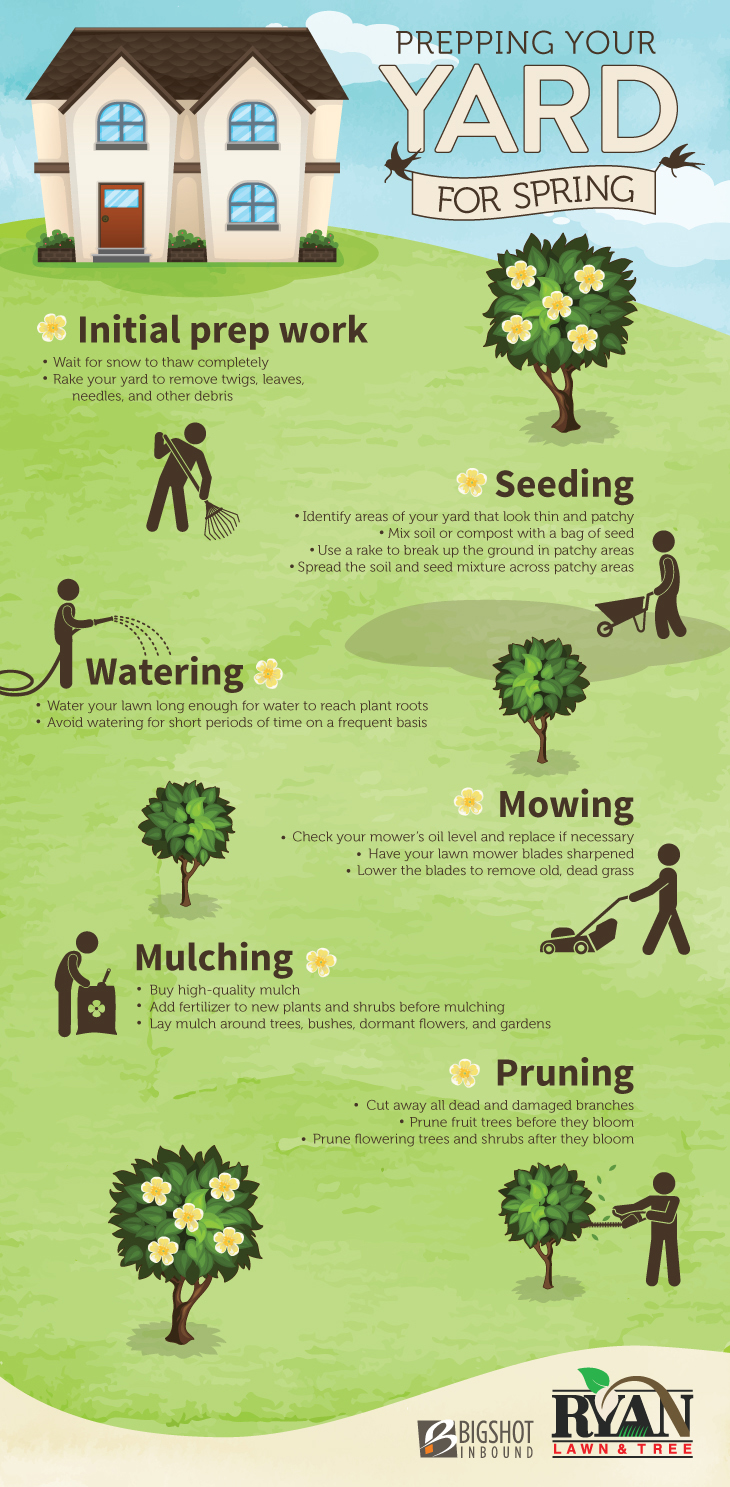The Ecological Impacts Of Lowering Trees: Trick Insights You Need To Consider
The Ecological Impacts Of Lowering Trees: Trick Insights You Need To Consider
Blog Article
Material By-Helms Hull
When it pertains to the ecological effect of tree elimination, there are essential elements that demand your focus. From the elaborate web of relationships within environments to the succeeding impacts on climate patterns, the consequences are profound. You may be shocked to discover the elaborate ways in which the elimination of trees can reverberate throughout the atmosphere. Remain tuned to unwind the intricate connections and ramifications of this relatively straightforward act.
Deforestation and Environment Loss
Logging and habitat loss are crucial concerns coming from tree removal. When trees are reduced, it interferes with whole ecological communities. Not just are the trees themselves lost, however the homes and food resources of countless plant and animal species are damaged too. Birds shed their nesting sites, animals lose their shelter, and bugs shed their environments. The impacts ripple through the food web, affecting killers and prey alike.
Moreover, logging contributes to environment change. Trees play an important function in taking in carbon dioxide, a greenhouse gas that catches warm in the atmosphere. With less trees, there's much less carbon dioxide absorption, resulting in increased degrees of this gas in the atmosphere and worsening global warming.
Environment loss is a straight result of deforestation, as the devastation of woodlands means the loss of special and diverse communities. Numerous varieties are not able to adapt to rapid changes in their atmosphere, causing populace decreases and, in many cases, termination.
Protecting woodlands is essential to preserving the delicate equilibrium of nature and guaranteeing the survival of plenty of plant and animal varieties.
Influence on Biodiversity
The removal of trees has a considerable influence on biodiversity, impacting the range and abundance of plant and pet species in a location. Trees supply habitat and food resources for numerous microorganisms, from pests to birds to creatures. When trees are removed, these varieties shed their homes and sources of food, leading to a decrease in their populations. https://hybrid-and-alternative-ve77654.bloginder.com/33690562/can-trees-be-protected-indicators-for-necessary-tree-removal can have cascading impacts on the entire ecological community.
Additionally, https://greensboro.com/life/from-our-garden-edible-landscaping-encourages-us-to-look-at-food-and-gardening-in-a/article_d447b509-4fb1-5d33-a42a-fcb4e7ccdb2c.html play a vital role in maintaining biodiversity by producing microhabitats within their covers, trunks, and origins that sustain a wide variety of varieties. When trees are reduced, these specialized settings are destroyed, minimizing the overall diversity of the location.
Furthermore, the removal of trees can lead to a decrease in hereditary variety within plant populations, as particular tree types may no longer have the ability to recreate or disperse effectively. Shielding trees and forests is necessary for maintaining biodiversity and making sure the health of ecosystems for future generations.
Soil Erosion and Climate Change
With trees being removed from a location, the interruption of dirt framework and stability happens, causing increased soil disintegration. Trees play a critical duty in avoiding erosion by holding soil in position with their origin systems. When trees are removed, especially in multitudes, the dirt comes to be much more at risk to erosion from wind and water. This disintegration not only influences the instant surroundings however can likewise result in sedimentation in neighboring water bodies, influencing water quality and marine ecological communities.
Furthermore, trees assist manage the climate by absorbing co2 during photosynthesis. When trees are cut down, this all-natural carbon sink is reduced, adding to increased degrees of greenhouse gases in the ambience. This can intensify climate modification, bring about more severe climate occasions and disruptions in ecosystems worldwide.
As a result, the elimination of trees not just accelerates soil disintegration yet also contributes in the larger ecological issue of climate modification. It's vital to think about these variables when assessing the effects of tree elimination on the atmosphere.
Final thought
Since you know the environmental influence of tree elimination, think about the repercussions before lowering trees. Logging interrupts communities, lowers biodiversity, and contributes to soil disintegration and environment adjustment. By bearing in mind the effect of tree removal, you can help secure our atmosphere and maintain the delicate balance of nature. Make notified selections and consider alternate options to minimize the unfavorable effects on our world.
